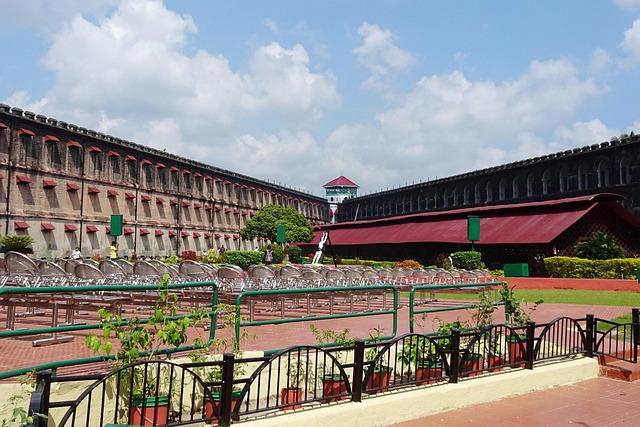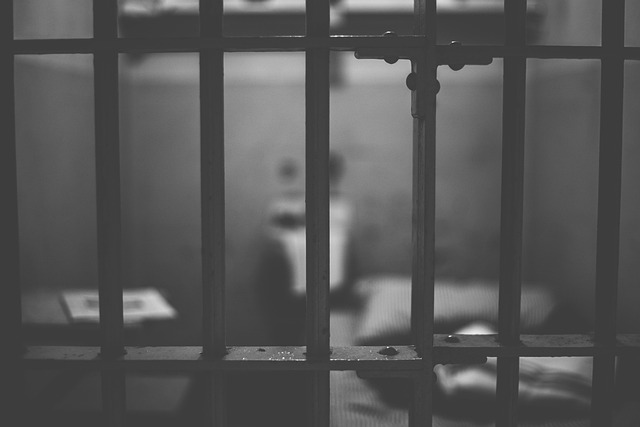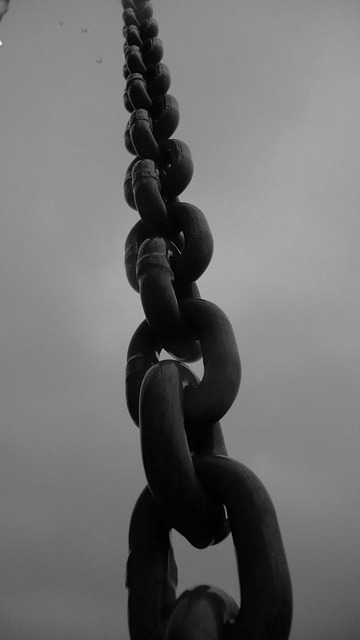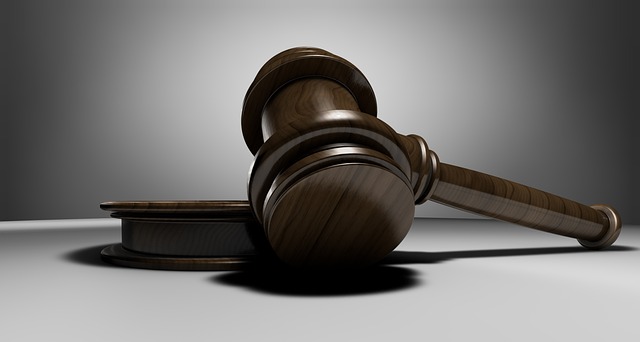The effectiveness of future-proofing law, especially in areas like driving under the influence (DUI), depends on understanding existing legislation and identifying loopholes in DUI legislation that allow for interpretation and exploitation. These gaps include inconsistencies between jurisdictions, outdated penalties, and unaddressed technological advancements like defining liability in autonomous vehicle DUI incidents. By scrutinizing these loopholes in DUI legislation, lawmakers can create robust, up-to-date legislation to ensure tech solutions aimed at improving road safety are effective. Tech solutions rapidly transforming law enforcement necessitate proactive adaptation through collaboration between experts to maintain public safety standards.
In an era driven by technological advancements, law enforcement faces challenges in keeping up with evolving methods of operation. This article explores the critical need for future-proofing legal frameworks, specifically focusing on addressing loopholes in DUI (Driving Under the Influence) legislation. By examining current gaps, we uncover innovative tech solutions enhancing safety and public protection. We delve into how these technological advancements can bridge the divide between outdated laws and modern driving dynamics, ensuring a safer future for all road users.
- Identifying Loopholes: Understanding Current DUI Legislation Gaps
- Tech Solutions: Future-Proofing Law Enforcement and Public Safety
Identifying Loopholes: Understanding Current DUI Legislation Gaps
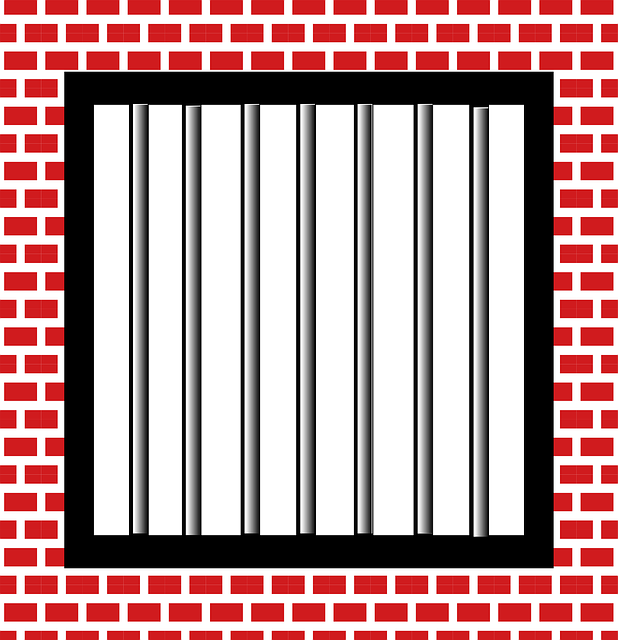
The effectiveness of tech solutions in future-proofing law, particularly in areas like driving under the influence (DUI), heavily relies on a comprehensive understanding of existing legislation. A critical step is identifying loopholes in current DUI laws, which often leave room for interpretation and can be exploited. These gaps may include inconsistencies between jurisdictions, outdated penalties that don’t reflect the severity of modern DUI offenses, or technological advancements not yet addressed by law. For instance, as autonomous vehicles gain popularity, defining liability in cases where a self-driving car is involved in a DUI incident becomes a complex legal issue.
By scrutinizing these loopholes, lawmakers and legal experts can work towards creating more robust legislation that keeps pace with technological progress. This involves updating laws to account for new forms of transportation, enhancing data privacy protections, and ensuring consistent enforcement across different regions. Closing these gaps is essential to make sure that tech solutions aimed at improving road safety are effective and not hindered by outdated or unclear legal frameworks.
Tech Solutions: Future-Proofing Law Enforcement and Public Safety

Tech solutions are revolutionizing law enforcement and public safety, but it’s crucial to future-proof these systems to address emerging challenges. Traditional legislation often struggles to keep pace with technological advancements, leaving loopholes that can be exploited by criminals. For instance, as self-driving cars become more prevalent, updating DUI (drunk driving under influence) laws to account for automated vehicles is essential.
Future-proofing involves creating adaptable legal frameworks that can incorporate new technologies while ensuring public safety. This requires collaboration between legal experts, tech developers, and law enforcement agencies. By staying ahead of technological trends, we can ensure that our legal systems remain effective in a rapidly changing world, ultimately enhancing public safety and justice.
Loopholes in DUI legislation can pose significant challenges to law enforcement and public safety. By leveraging advanced tech solutions, we can future-proof these systems, ensuring a safer and more efficient approach to drunk driving prevention. Integrating innovative technologies like AI-powered sensors, real-time data analytics, and enhanced communication platforms can help bridge the gaps in current DUI laws, ultimately saving lives and shaping a more secure future for all.



